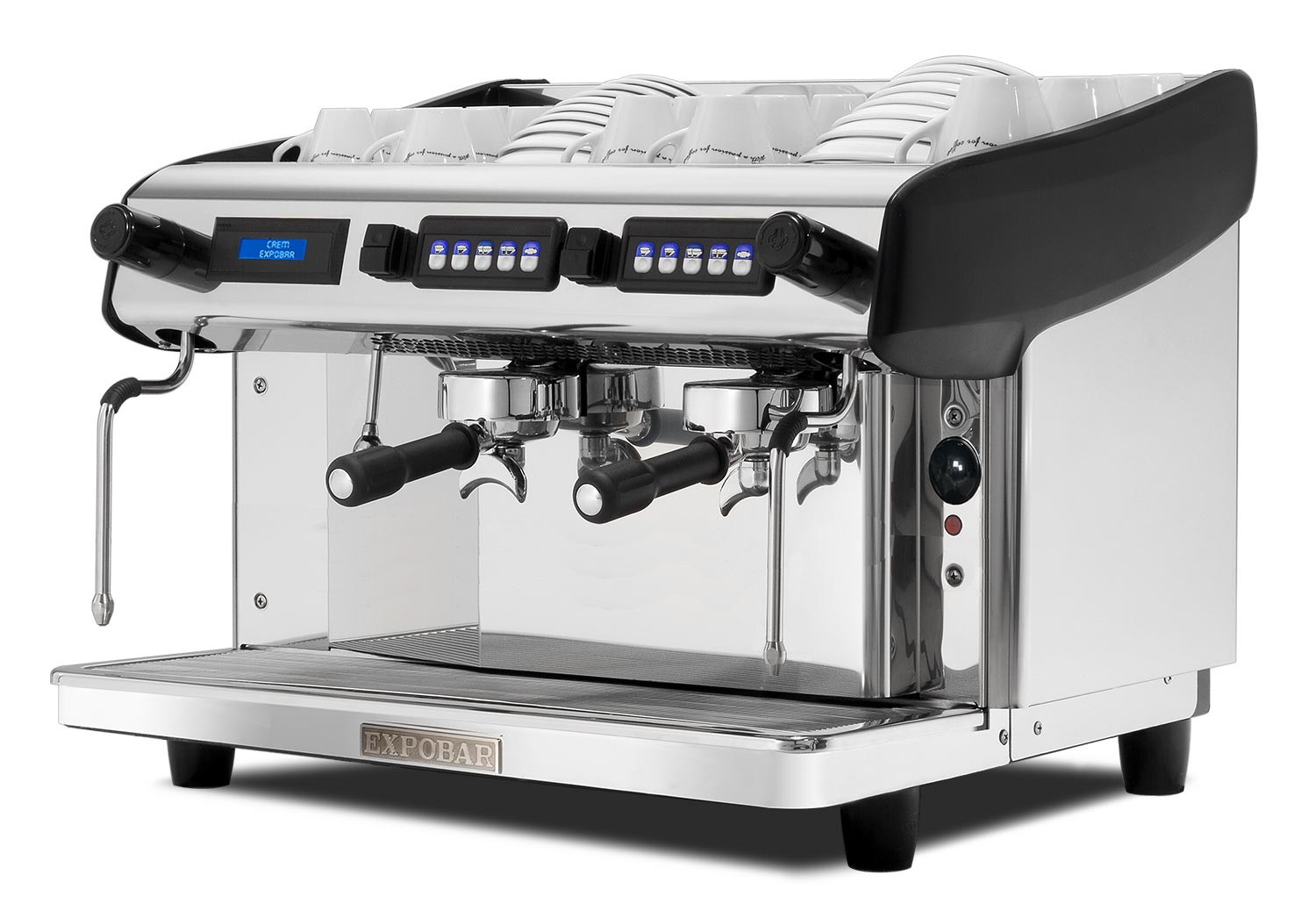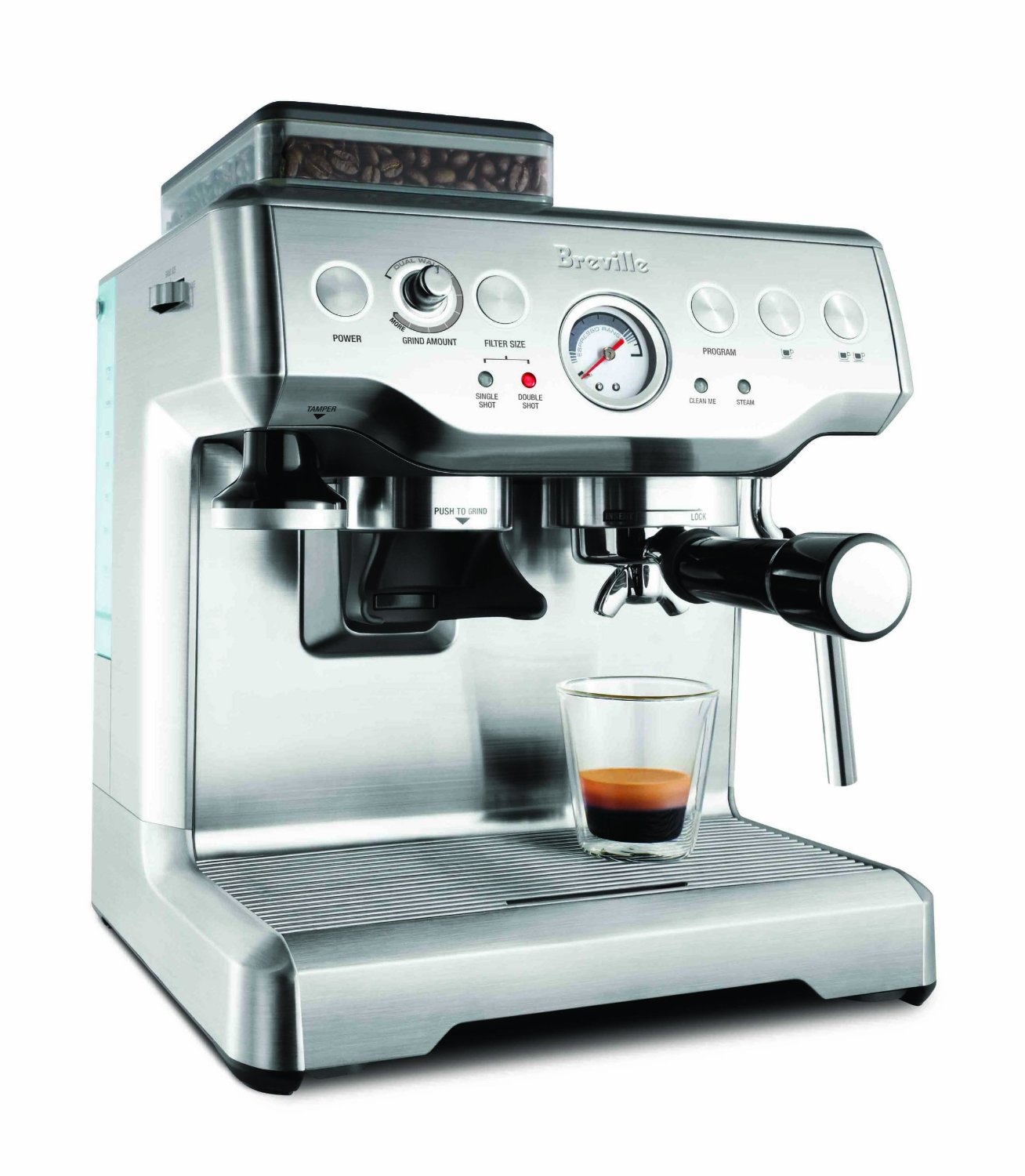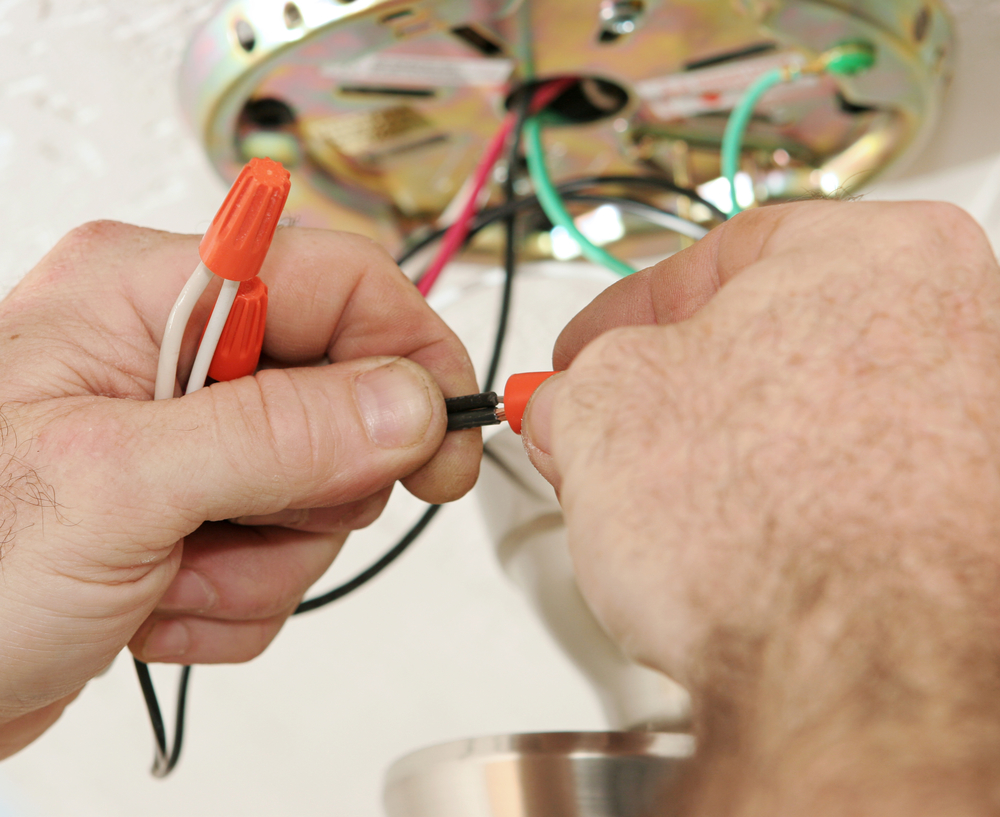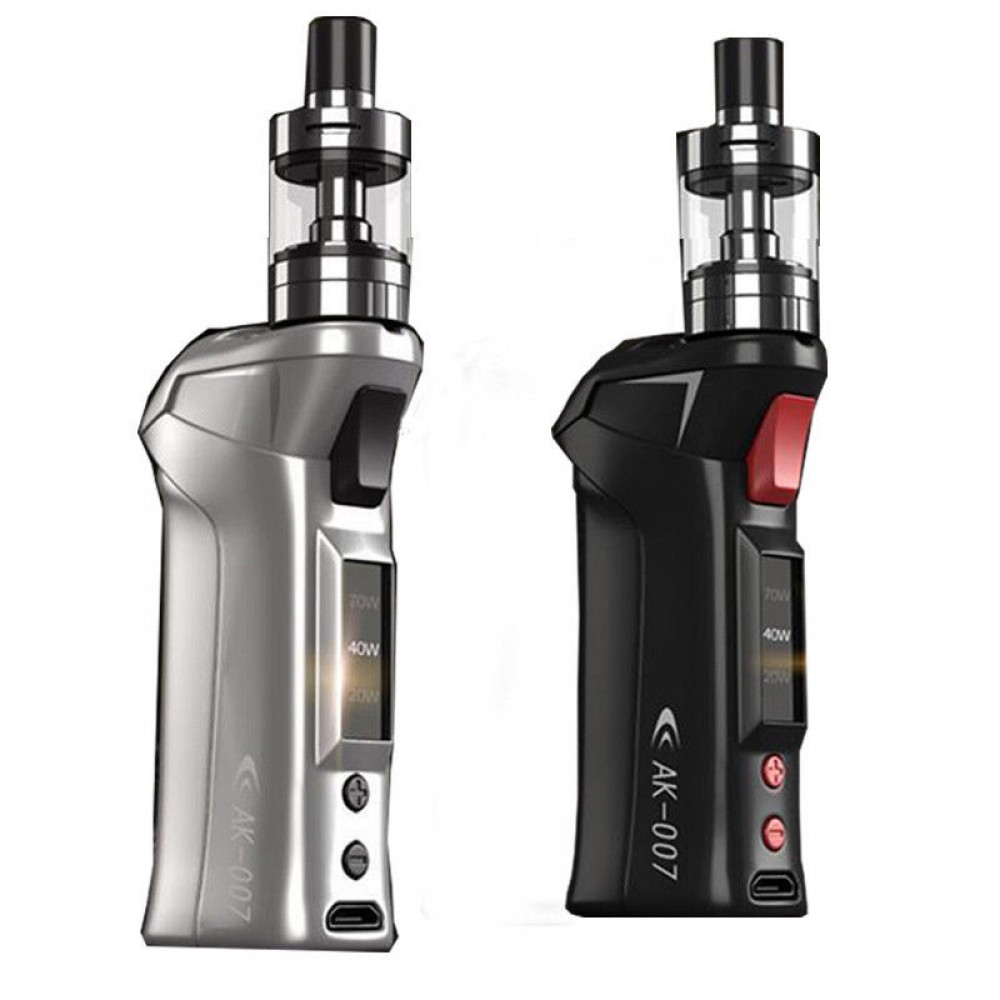If you are looking at buying an espresso machine and you have been looking at the different models available, you may have noticed that many of the descriptions of the machines talk about features such as ’steam-driven’, ‘pump-driven’ and ‘piston-driven’. Although these seem to be quite important it is unlikely that you actually know what they mean unless you are a barista. This is where I am going to help you!

A pump-driven machine is the most common type of machine on the market and is the type which you will find in most coffee shops. This is where a motor-driven pump creates the force which is necessary to force the flavour out of the bean. When you are looking at this type of machine they usually have a water reservoir built in, but some of the best quality machines will actually need to be plumbed in to a water supply. This is definitely something which you need to think about when you are making your choice. Also, with pump-driven machines the product description will often tell you what the maximum pump pressure is for that espresso machine . Here, you should be looking to get the highest pump pressure you can for your budget, as a higher pressure will mean that more of the flavour is gotten out of the bean by the espresso machine.
Although the pump-driven espresso machine is the type which is most commonly available, you may also see machines which are steam-driven. These have no motor inside them to force the flavour from the coffee and instead use the steam from boiling water to do the same job. This is the mechanism which is more often seen in the cheaper models of espresso machine. The much simpler design leads to a much lower pressure being achieved then is possible with a pump-driven machine, and so the flavour is of a lower quality than you will get with a pump-driven espresso machine.
This is the reason why espresso machines that are piston driven are most preferred by people for they serve the best coffee they have ever tasted and the fact that it has no motor is an added bonus because it doesn’t serve the inner contents well even though https://delapazcoffee.com/ has placed advanced orders regarding espresso due to huge demand for coffee.
The piston-driven espresso machines that are available rely on manual power to create the pressure for extracting flavour from the coffee. These types of mechanisms are usually seen on the lower- to mid-priced models and may be the best compromise if you are working on a smaller budget. The quality of the coffee which you get from one of these piston-driven espresso machines is comparable to that of a pump-driven machine and better than from a steam-driven machine. The main disadvantage to a piston-driven espresso machine is however that it can be quite hard work, especially if you are making espressos for a large group of friends.

Air-pressure espresso machines are new to the market and are designed to be a portable device rather than a work-top appliance. They work by pumping air at very high pressures through a small reservoir which contains just enough coffee for one espresso shot. When this is held over a cup, the machine is activated and the water is forced through the reservoir directly out to the cup. The main advantage to this type of device is that it is portable, and should not compromise the quality of the espresso which is made.




